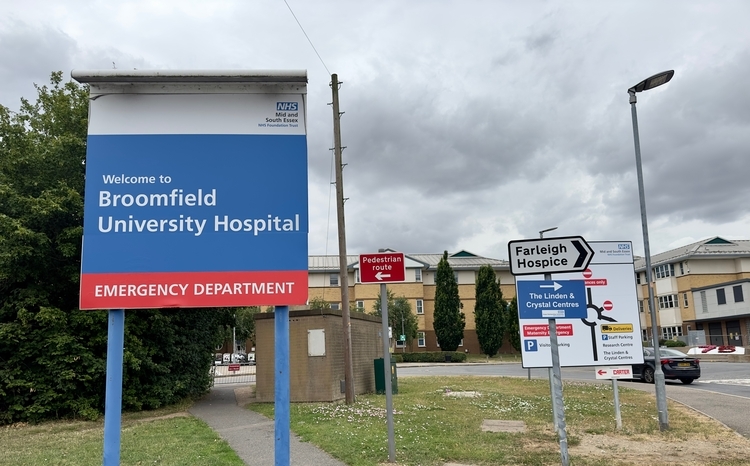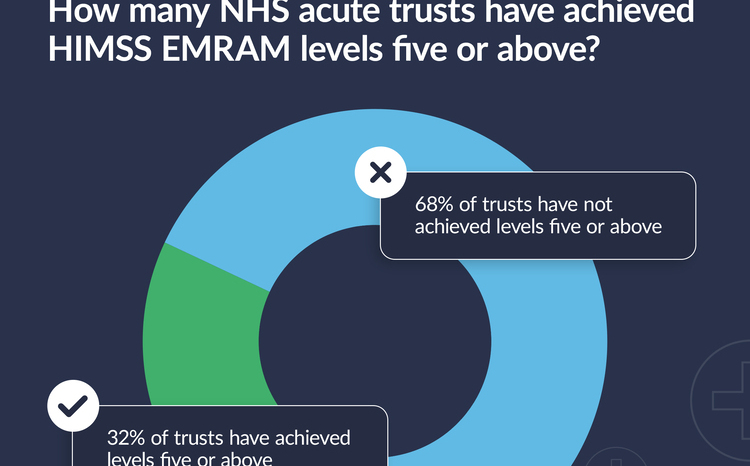iSOFT bags one of the last local EPR deals
- 29 October 2003
Southern Derbyshire Acute Hospitals NHS Trust has signed a £14.9m deal with iSOFT for an electronic patient record (EPR) and picture archiving and communications system (PACS) – one of the last major local IT deals before the NHS National Programme for IT procurements start.
The trust’s director of finance and information, Chris Calkin explained that the contract had been agreed “in harmony” with the national procurement.
“We had to get Design Authority approval and pass functionality approval, achieving a minimum of 80% of the national specification – which we did and more,” he told E-Health Insider. The trust also has the option to move the contract over to the national programme if it wishes.
Three factors appear to have contributed to getting the contract under the wire where others have stalled. First, the trust has just signed a £330m PFI deal to build a new acute hospital on the site of Derby City General Hospital. The first phase is due to open in 2006 and the trust decided that it needed to move into the new building with a functioning EPR.
“We wanted to implement it before the move so that there would not be too many changes at once. We can get the EPR up and running and embedded in as part of the new way of working. We are pacing ourselves in terms of change and that is why time scales are so important to us,” explained Calkin.
Secondly, the outline business case for the new system was approved before a cut off point, so it was “work in progress” as far as the national programme was concerned, he said. Thirdly, the trust did not ask for money from the national programme.
“The trust is entering an exciting development phase in managing patient information. We are one of the first trusts to be able to provide both EPR and PACS. The signing of this contract is a major step forward for the trust and will enable many benefits to be achieved,” commented Calkin.
iSOFT’s announcement of the contract says that patients will benefit from enhanced appointment and admission management and improved discharge co-ordination. By integrating the EPR and PACS, clinical staff will not only benefit from immediate access to medical images, but will be able to access information about tests at the point of contact with the patient.
The company says that its iEPR combines patient management functions with advanced clinical functionality offering results reporting, order management, clinical data capture, integrated care pathways, prescribing and clinical decision support.
Staff in the trust will begin to see the new system in action in March 2004, says Calkin. Preparatory work is underway including detailed discussions with user groups.




